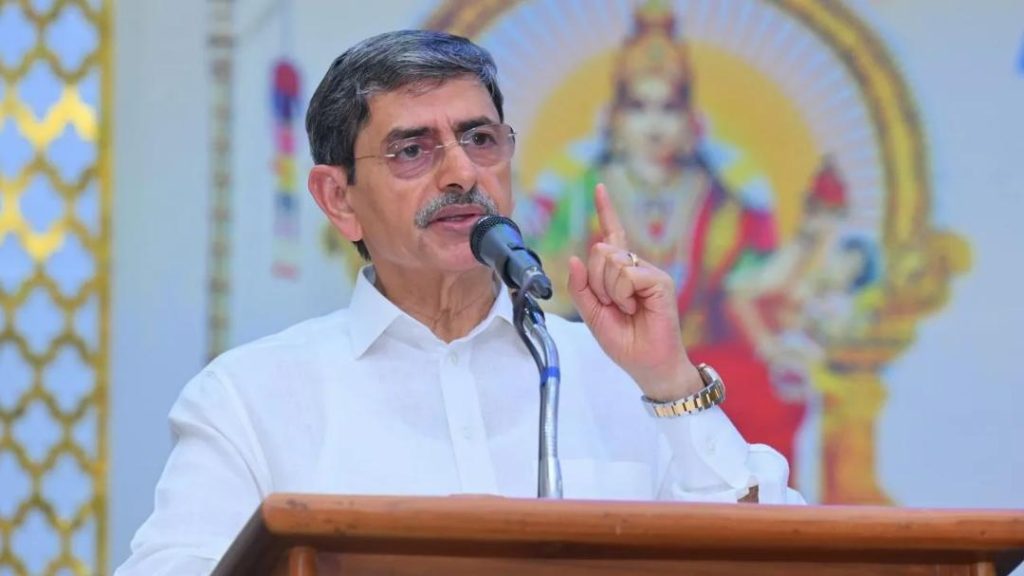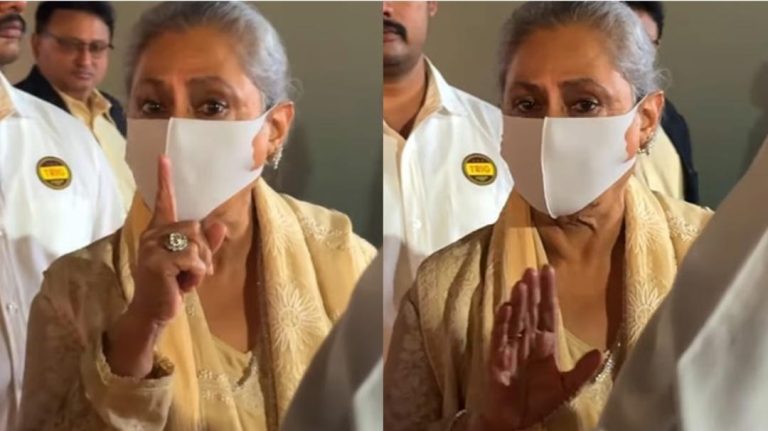
Nowhere else have I seen so many castes, sub-castes: Guv RN Ravi
Tamil Nadu Governor RN Ravi recently made a thought-provoking observation about the state’s unique social fabric, sparking a heated debate among the people. Speaking at a public event, Ravi suggested that successive governments in Tamil Nadu post-independence may have “unintentionally” perpetuated the caste divide that was initially propagated by the British. His statement has raised questions about the role of the state in reinforcing social inequalities and the need for a more inclusive society.
Ravi’s observation was made in response to a query about the diversity of castes and sub-castes in Tamil Nadu. He stated, “Based on my experience, I wish to say that nowhere else in the country I’ve seen as many castes, sub-castes, and sub-sub-castes.” This comment has sparked a flurry of reactions, with some people agreeing with Ravi’s assessment while others have disputed his claim.
The caste system is a deeply ingrained social hierarchy that has been present in India for centuries. In Tamil Nadu, the caste system is particularly complex, with multiple castes and sub-castes coexisting and interacting in complex ways. While the Indian Constitution has outlawed discrimination based on caste, the reality on the ground is far from egalitarian.
Ravi’s suggestion that successive governments in Tamil Nadu may have unintentionally perpetuated the caste divide is a nuanced one. On one hand, the state government has implemented several programs aimed at promoting social equality and reducing caste-based discrimination. These programs have included initiatives to improve access to education and employment opportunities for marginalized communities, as well as efforts to promote inter-caste marriage and social mixing.
On the other hand, the state government has also been accused of perpetuating the caste system through its policies and practices. For example, some critics have argued that the government’s quota system for education and employment has actually reinforced caste divisions, as it is based on the assumption that certain castes are inherently more capable or deserving of certain opportunities.
Ravi’s observation also raises questions about the role of the British in perpetuating the caste system in India. The British colonial administration actively reinforced caste divisions as a way to maintain control over Indian society. They created a hierarchical system of castes, with the highest castes being granted more privileges and powers than the lower castes. This system was designed to maintain social order and stability, but it also perpetuated social inequality and discrimination.
In Tamil Nadu, the British colonial administration was particularly effective in reinforcing the caste system. They created a system of land ownership and taxation that favored the higher castes, while marginalizing the lower castes. They also promoted the idea of the “pure” and “impure” castes, with the higher castes being seen as more pure and superior.
Today, the legacy of British colonialism can still be seen in the complex social hierarchies of Tamil Nadu. While the state has made significant progress in promoting social equality and reducing caste-based discrimination, there is still much work to be done. Ravi’s observation highlights the need for a more nuanced understanding of the caste system and its complexities, as well as the need for policies and practices that promote social equality and inclusivity.
In conclusion, Tamil Nadu Governor RN Ravi’s observation about the complexity of castes and sub-castes in the state has sparked a valuable debate about the role of the state in perpetuating social inequalities. While the state has made some progress in promoting social equality, there is still much work to be done to address the legacy of British colonialism and promote a more inclusive society.
Source:






